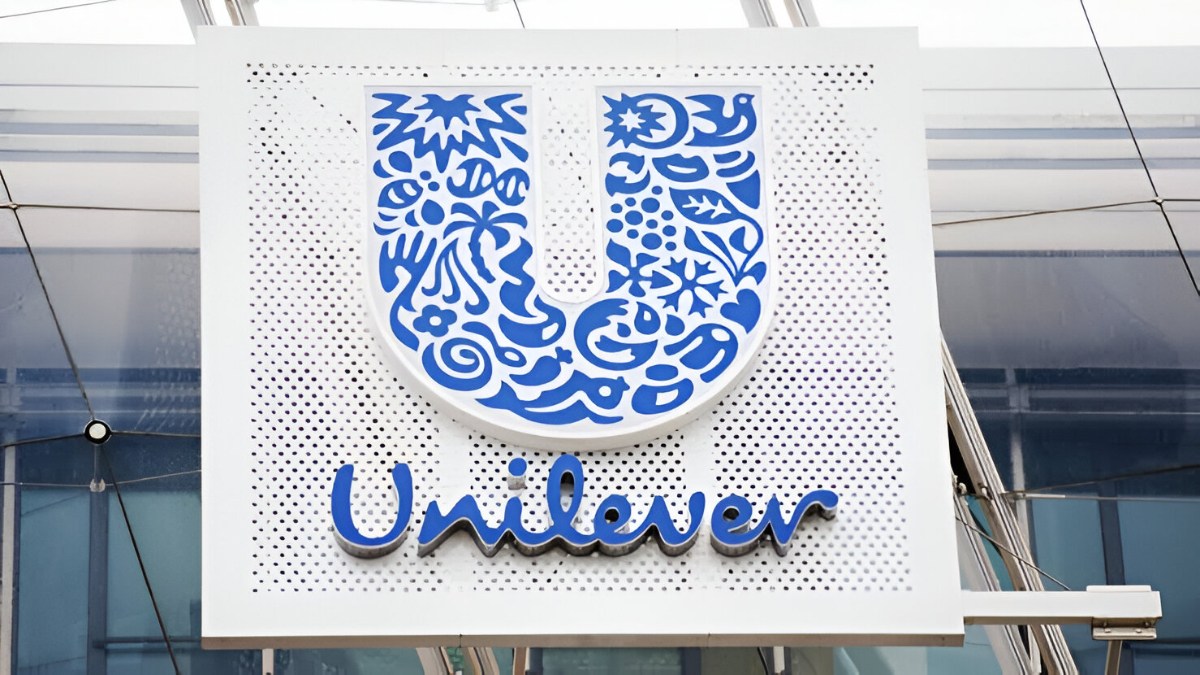Savings Bank Account Or Payments Bank Account: What Should You Choose?
Payments bank are like any other bank but operate on a smaller scale and do not engage in lending activities i.e. these institutions cannot advance loans nor can issue credit cards. Such banks can accept deposits up to a maximum of Rs. 1 lakh. Other services offered by such banks include remittance services, mobile payments and other services such as debit or ATM cards, third party fund transfer and net banking.

Payments bank came into existence after RBI sought to expand the reach of financial services to remote population, small businesses and low income families. And after the launch of country's sixth payment bank, India Post Payments Bank (IPPB) on September 1, 2018, it shall be worth noting as to where you are better off while looking to open a savings account. Here are some integral differences:
Payments bank allow to open a zero balance savings account
Most of the payments banks in the country allow customers to open a zero balance savings account. This implies that for opening a savings account at payments bank no minimum sum is to be deposited with the bank. On the other hand, several of the other banks also offer savings account with zero balance requirement and Basic Savings Bank Deposit account.
Interest rate
As per the mandate put forth by the Reserve Bank of India, on your savings account with the payments bank, you will earn a minimum of 4% interest per annum. However some of the payments banks are offering interest as high as 7.5%, making it a better option in comparison to returns on savings account with the bank that fetch close to 5% or maximum 6.25%. Zero balance savings account also offers similar return that is capped at 3% or 4%.
Minimum balance requirement
In case of the savings account at India Post Payment Bank (IPPB), there is no minimum balance requirement that customers have to adhere to, similar to most other payments bank that are currently in operation. Nonetheless, in a savings account at your neighborhood bank branch, banks stipulate some minimum balance requirement depending on the account type as well as branch location i.e. whether the branch is put up in metro, urban or rural location.
Keeping in view the hefty penalty imposed on not adhering to the minimum balance norms, banks off late have reduced minimum balance requirement by a huge amount at regular banks.
Maximum amount that you can deposit
In case of the regular savings account at a bank, there is no restriction or limit in respect of maintaining a maximum amount. But when you choose a savings account at a payments bank, you can hold a maximum of Rs. 1 lakh as per RBI rules that aims at protecting customers' interest. Also, in a case when the amount in the savings account at a payments bank exceeds Rs. 1 lakh at any point in time it is transferred to the fixed deposit account with a partner bank.
Furthermore, for savings account at IPPB, you have the option to link it with post office savings account. So if at the end of the day, the balance in IPPB savings account exceeds the maximum limit of Rs. 1 lakh, it will be transferred to savings account at post office.
Additional financial services
The payments bank do not take any kind of credit risk i.e. as per law cannot extend loans or issue credit cards like other regular banks. However, payment banks provide perks such as cash back, personal accidental cover of a maximum of Rs. 1 lakh or free talk time from time to time. But with other regular banks, you can approach them for overdraft facility, loan or for the purpose of investments.
Goodreturns.in































